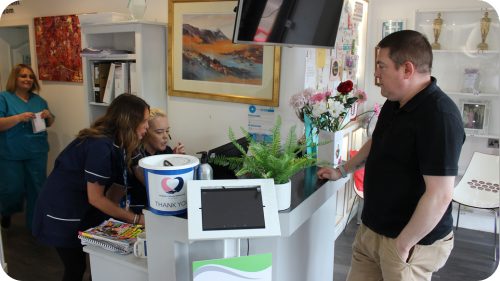Reimbursement
Published: 24/08/23
The Drug Tariff arrangements are different in Scotland from elsewhere in the UK. You may commonly hear in the pharmacy press and on social media reference to ‘Category M’ in relation to drug tariff pricing. Part 7 of the Scottish Drug Tariff is broadly the Scottish equivalent of this mechanism but with some differences to suit our agreed Tariff arrangements.
Part 7 is used to set the reimbursement prices of around 850 commonly prescribed medicines.
It is the principal price adjustment mechanism to ensure delivery of the retained margin guaranteed as part of the pharmacy funding.
It uses information gathered from manufacturers on volumes and prices of products sold plus information from National Services Scotland on dispensing volumes to set prices annually.
As prices have to be set in advance, estimated volumes are used which may differ from actual volumes.
It is closely monitored by ourselves and the Scottish Government (SG) to ensure that the scheme operates correctly and to identify anomalies. Regular feedback is provided to ISD who manage the Drug Tariff in Scotland and set the prices on behalf of SG.
Prescriptions submitted with items contained within part 7 will be paid at the published part 7 price and brand or manufacturer endorsements are ignored.
Shortages and Adjusted Prices
From time-to-time, due to lots of factors, supply issues can arise for part 7 medicines whereby they are unavailable at the drug tariff price.
We receive reports of this from contractors by telephone or through the shortage reporter on our website and we enter into discussions with National Services Scotland on the items being reported.
National Services Scotland use the information we provide along with other sources to verify issues and may agree to a price adjustment meaning the drug tariff price of the item would be changed (likely increased).
Non-Part 7 Medicines
Items not held in part 7 do not have a published tariff price. Contractors should endorse (on paper and electronically using their system) the brand or wholesaler where they purchased the medicine from. Practitioner Services maintain a price list of many brands and manufacturers and if they have an on-file price, this is used for payment. Where an on-file price is not held, a price endorsement from the contractor may be used, or reference made to the dictionary of medicines and devices for a current price.
Generic Clawback (Part 7)
As part of the margin sharing arrangements and overall pharmacy funding agreement, contractors are allowed to retain an agreed level of margin from part 7 medicines.
Any generated income above the agreed sharing point that is due to Boards will be delivered through the agreed mechanism. In addition any generated income above the sharing point due to Boards will be matched as mapped guaranteed income. Both will be delivered by a reduction to Part 7.
The clawback arrangements ceased from April 2020.
Proprietary Clawback (Non-Part 7)
The pharmacy funding arrangements allow contractors to retain some of the profit earned on part 7 medicines and set out the funding paid out through the global sum. There is no agreement for profit to be retained for non-part 7 medicines and so clawback is enacted using the margins found within the quarterly pricing survey which is talked about in the margin sharing arrangements. Proprietary clawback is applied on a sliding scale where the higher the pound value paid to the contractor for non-part 7 non-Zero discount medicines, the higher the clawback rate.
Discountable/Zero discount lines
From time-to-time, contractors may be able to achieve discount on some medicines purchased. The opposite is also true and there are a number of medicines where contractors cannot achieve any discount. This list of medicines can be found in Annex A of Part 1 of the Drug Tariff.
Clawback is discussed above, but broadly speaking, there is a mechanism in place so that for lines agreed between Scottish Government and CPS where no discount can be achieved are classified as zero discount (ZD). In practice this means for a part 7 line classed as ZD no generic clawback will be taken and for non-part 7 ZD lines no proprietary clawback will be taken.
Items which are not classified as ZD are considered discountable (and therefore can have clawback applied).



















Advance payments are made to support contractor cashflow while actual payment for the prescriptions submitted is calculated.